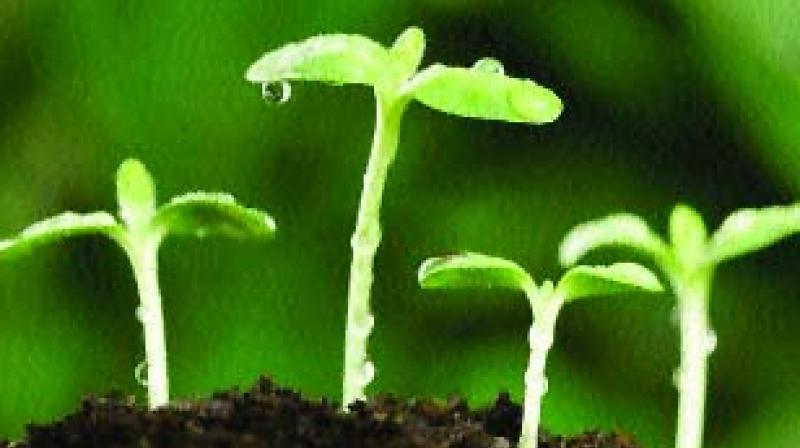Ecoistic: Solid Waste Management in Bengaluru still a major concern

The average global temperature has increased by almost 2°C, rainfall patterns have changed and the frequency of extreme events increased. But at the same time this Change has not been uniform either on a spatial or temporal scale. Also the range of change, in terms of climate and weather, has also been variable across the globe.
It has been observed that change in climate has varied consequences on the biophysical environment such as changes in the commencement, duration and intensity of seasons, decrease in Arctic sea-ice extent, rise in sea levels and also the glacial retreat. These changes have already had visible impact on the biological diversity at the species level - in terms of phenology, distribution & populations; and at the ecosystem level - in terms of distribution, composition, function & its services.
A lot of changes have been reported in the distribution of species. In general, many species have expanded their ranges. Evidence of contraction in species' distribution is limited, which may be due to reporting difficulties and time lag in such contractions due to a wide variety of possible mechanism such as population dynamics. Populations of many species have declined, and although in some cases climate change is believed to have contributed to the decline, attributing this is fraught with difficulty. Many birds, insects and other lower fauna are showing changes in migration, egg-laying and breeding.
In terms of ecosystems, there has been some evidence on changes in distribution. For ex: desert ecosystems have expanded, and tree lines in mountain systems have changed. Changes in the composition of ecosystems have also been observed (e.g. increased lianas in tropical forest). Such changes may affect ecosystem function and the ecosystem services they provide. Changes in biological diversity and ecosystem services due to climate change are not always negative, with some species either thriving or adapting.
It is also projected that changes in climate will be much larger than currently being observed. And this will gravely affect the ecosystem and its functions and their services. It is suggested that more than 10% of species assessed so far will be at an increasingly high risk of extinction for every 1°C rise in global mean temperature (based on IPCC AR4 reports & studies). Aquatic freshwater habitats and wetlands, mangroves, coral reefs, arctic and alpine ecosystems, and cloud forests are particularly vulnerable to the impacts of climate change. Potential impacts of climate change on genetic diversity are little understood, though it is thought that genetic diversity will increase the resilience of species to climate change.
Modeling studies on the potential impact of climate change on species indicates pole-ward shifts and changes in altitude, range expansions or contractions corroborating the current evidence in the most part. However, such studies highlight the individualistic nature of species' responses to climate change, which is likely to have a large impact on future composition of ecosystems. Structure of ecosystems may also change. Mathematical Models suggest this may have an impact on ecosystem function. Changes in productivity are likely to change services such as nutrient cycling due to changes in litter fall, changes in the provisioning services (e.g. food, fibre, timber, etc.), carbon storage and sequestration, water regulation, micro-habitat establishment and the like.
It is also observed that changes to ecosystems as a result of climate change are likely to have significant and often negative social, cultural and economic consequences. However, it is still a matter of debate & discussion if the extent and speed at which climate change will impact biological diversity and ecosystem services, and the thresholds of climate change above which ecosystems are irreversibly changed and no longer function in their current form. But there have been studies and documentation across the globe to support the adverse impacts of climate change on the ecosystem, its functions and the services provided. These changes are not visible but have adverse impacts on the health and well-being of the community that thrives on these ecosystems and their services.

